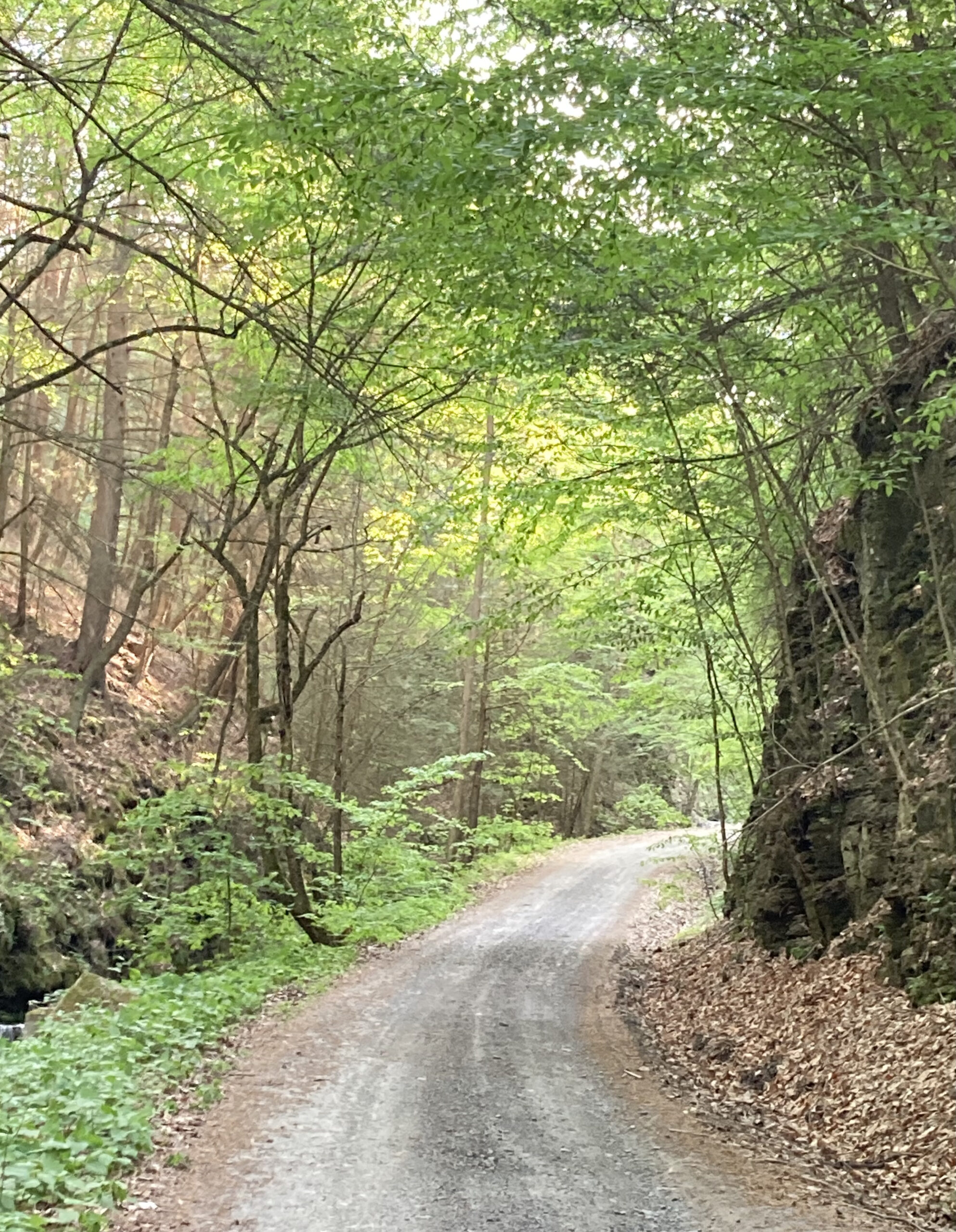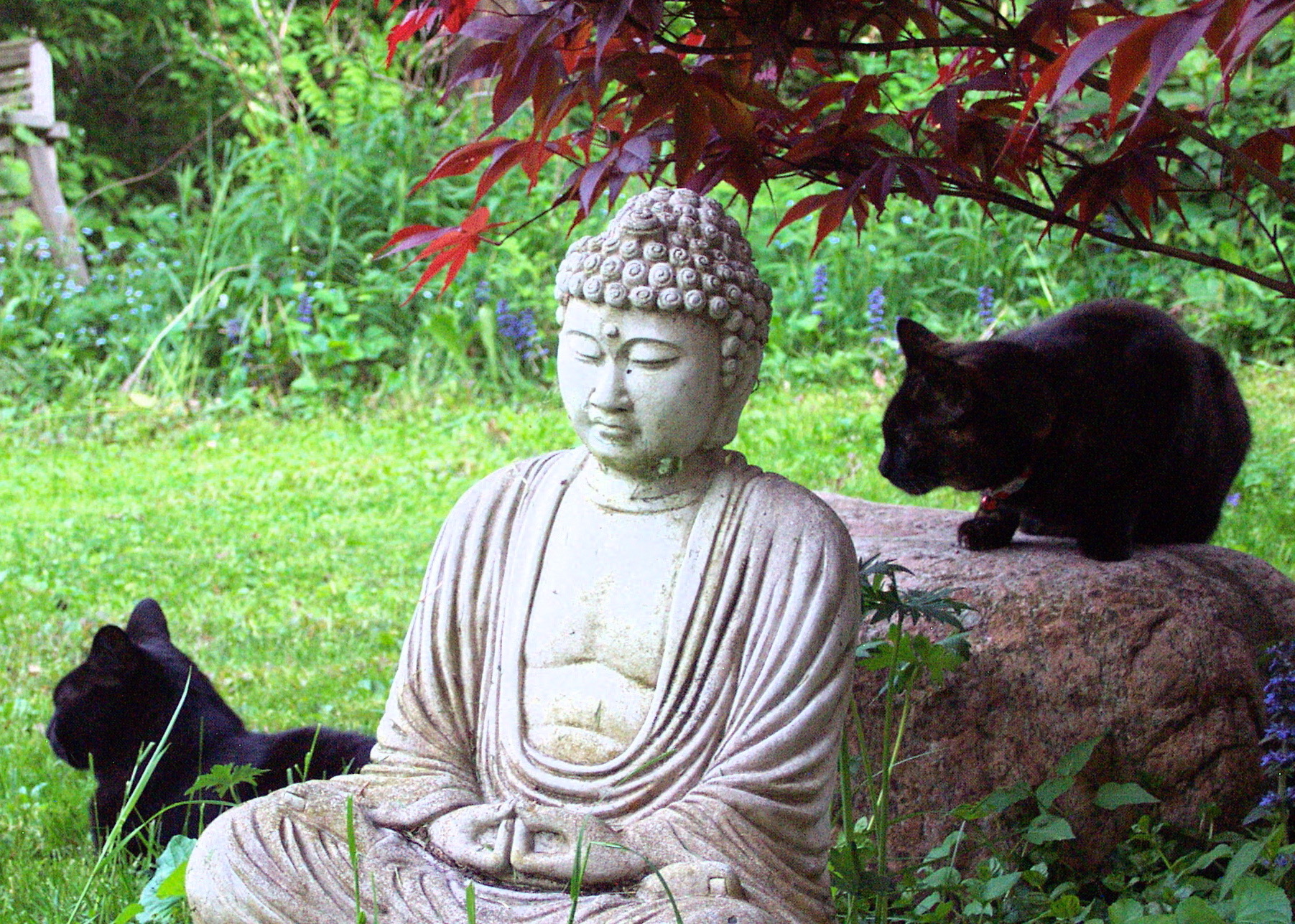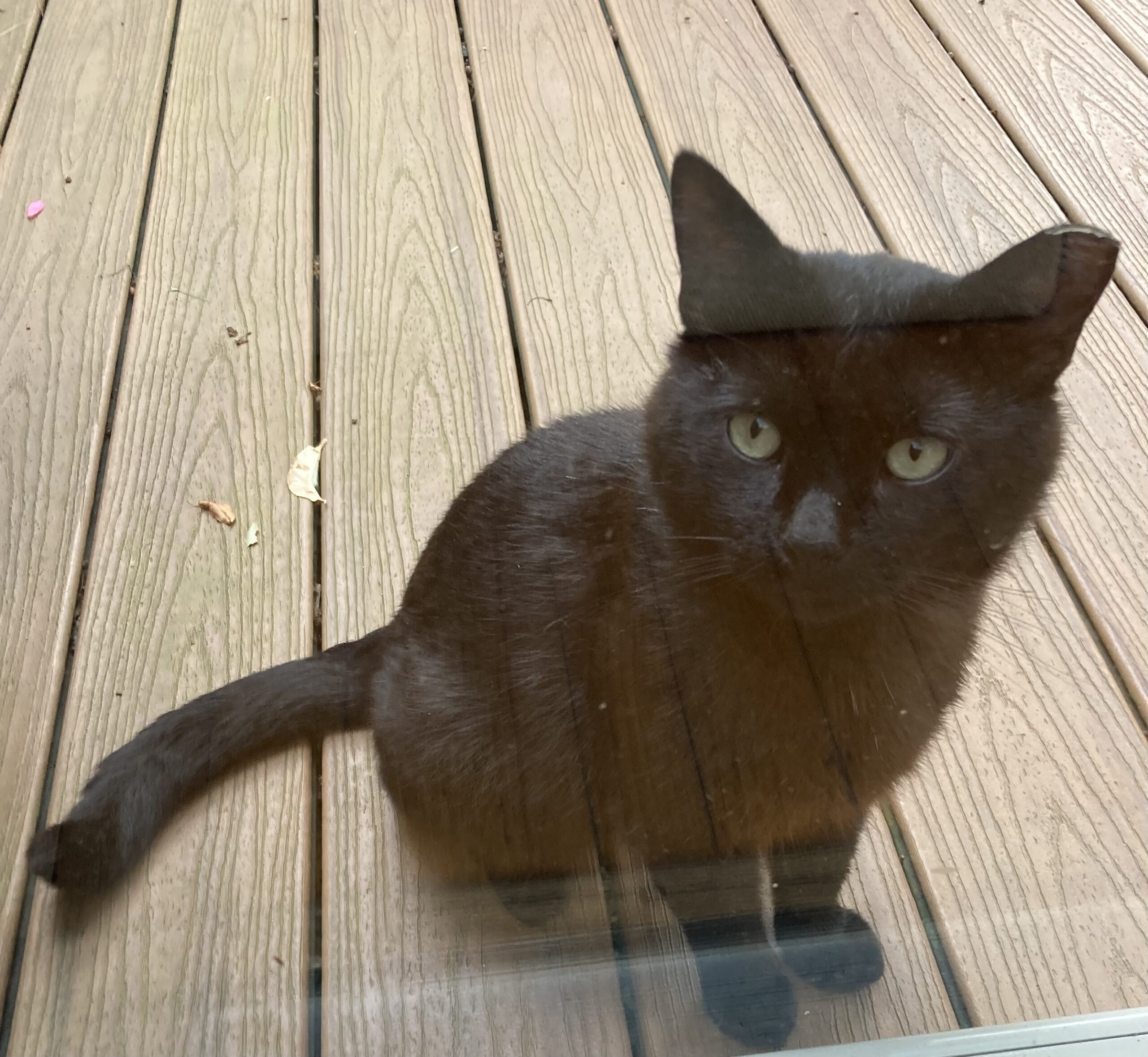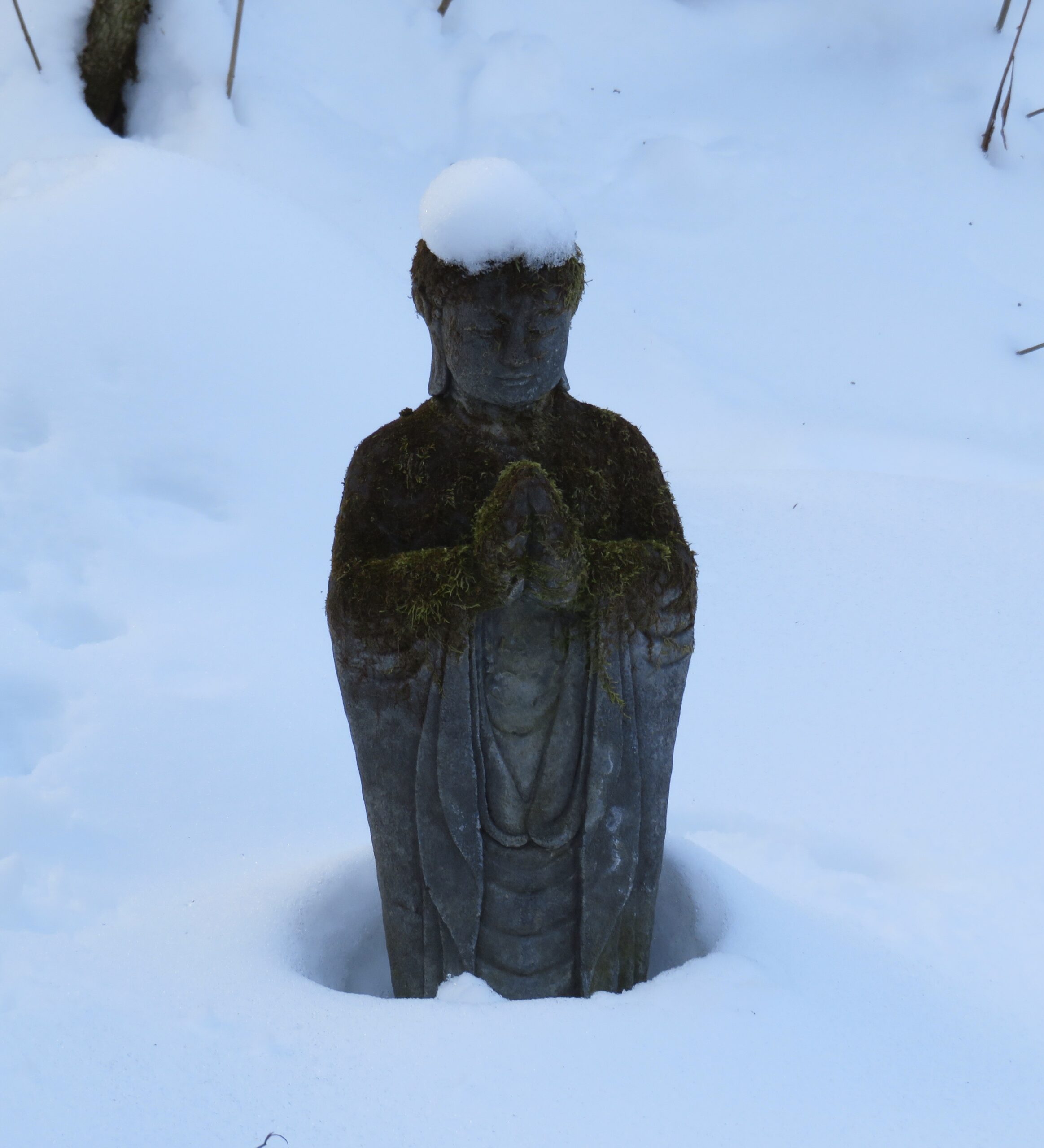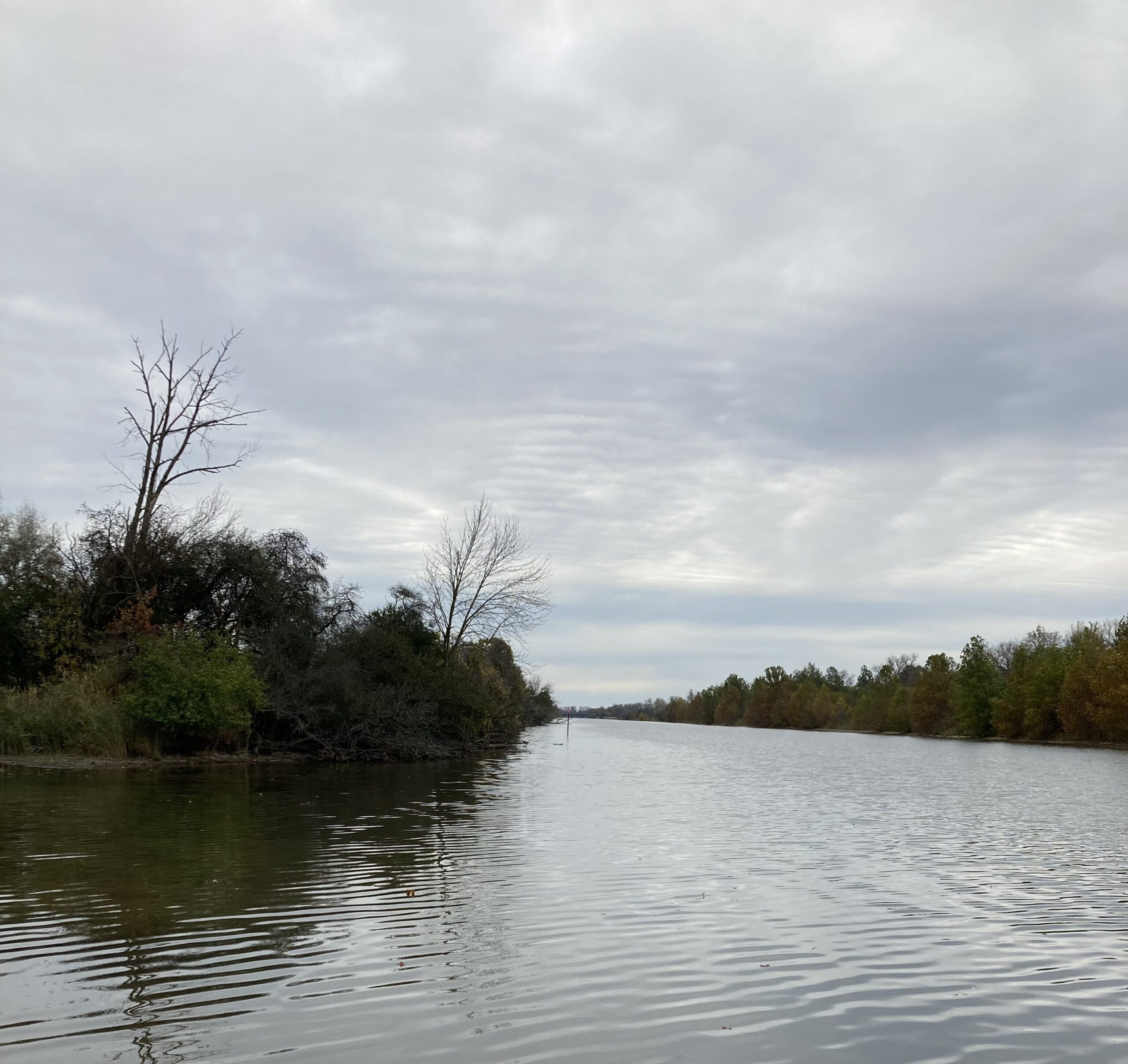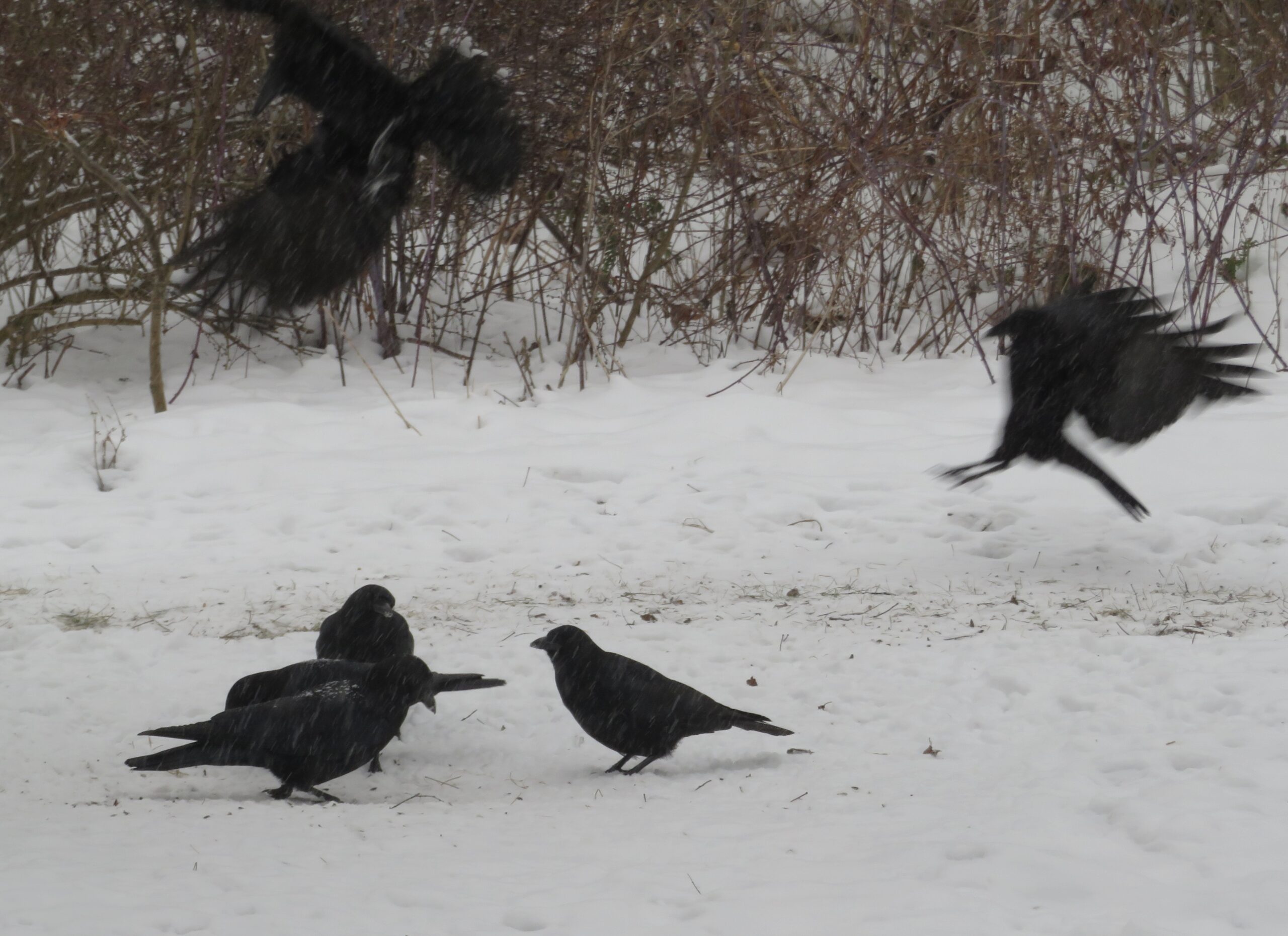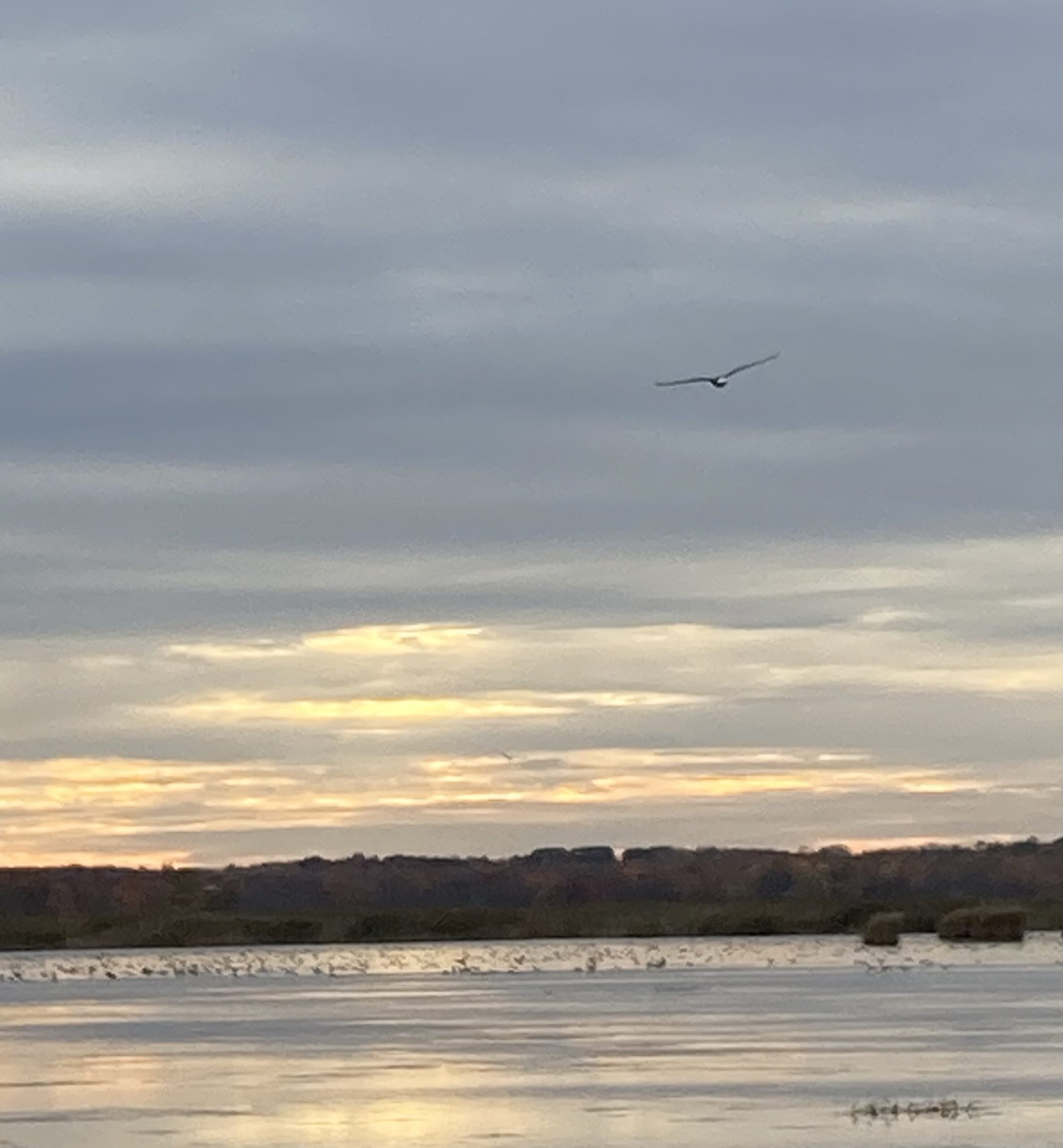These days, breathing-in seems to be filled with a deep dread, a darkness, as if I’m about to open a door no one wants to open but maybe must. It’s a door I rationally know I share with millions of others, but don’t always feel. And the more I hesitate about opening it, the more difficult it is to even look at it. What we ignore becomes mythical in size.
I also dread to verbalize this, but I wonder if sleep disruption has become a national epidemic. The anxiety levels in this country are skyrocketing. And so many people have shared with me they’re having difficulty sleeping. So many have shared a sense of mourning, not only for neighbors who have been deported or lost their jobs, but mourning for the loss of an expectation of justice, fairness, due process. The world. Their future. Humanity. So many of us are suffering from moral injury or trauma.
Maybe you know the work of primatologist Frans de Waal, who with Sarah Brosnan did experiments with capuchin monkeys showing these primates have a deep sense of and desire for what is fair. When two capuchins performed a simple task, and one was rewarded with a less preferred, less sweet reward than the other, they then refused to continue to participate. They noticed and didn’t like any inequity in the treatment of others. It wasn’t all about competition and winning but noticing and caring about fairness.
In some ways, I weirdly realize the dread I had felt back in November and December 2024 might have lessened. DT is scary, a clown in many ways and frighteningly so, frighteningly uncaring of anyone other than himself and his power-hungry cohorts, a threat to everything and everyone I hold dear. Too many others have lost their livelihood, left the country or been deported or died, yet I‘m still able to speak out. Or maybe I’ve just become better at closing certain doors.
Or maybe I had just expected there would no longer be friendship, joy, love once DT was in office. No longer be any surprisingly beautiful moments. And yet these persist, some very simple. This afternoon for example, I started boiling water for tea. I then sat down to wait and so many thoughts went through my mind. It was like my mind had become a city center, with thoughts and images racing along the sidewalks and roads. And not just thoughts but inner compulsions to do something other than sit, like recording thoughts in my journal, or refinishing the window ledge above the sink, doing something “useful.”
But instead, I just watched and listened to the steam rising from the teapot, and it was enough. I noticed the song of water boiling was a complex song, with a deep quiet living in its core. Doing “nothing” suddenly felt so beautiful. And outside the house, a cardinal was singing. Maybe it was responding to the song of boiling tea water? Maybe I’ve stopped holding my breath and breathing-out amazed me.
It feels almost taboo to talk of something like this, watching and listening to water boiling when so many lives, the ecosystems of the world, and the continuation of democracy are at stake. But the freedom to live and share our moments, to let them affirm our existence, is a crucial element of human life.
I woke up about 1:00 am last night….
*To read the entire article, please go to The Good Men Project.

